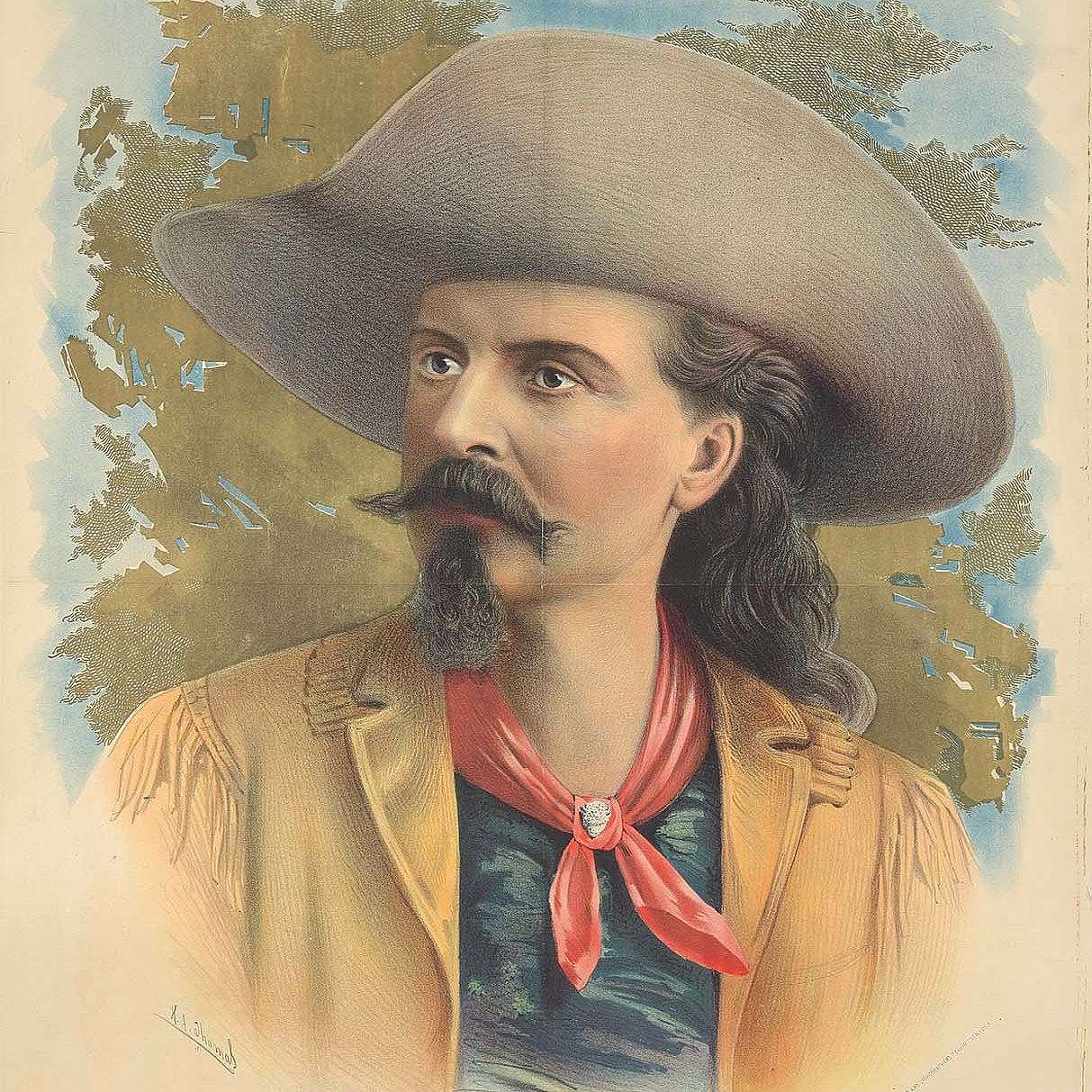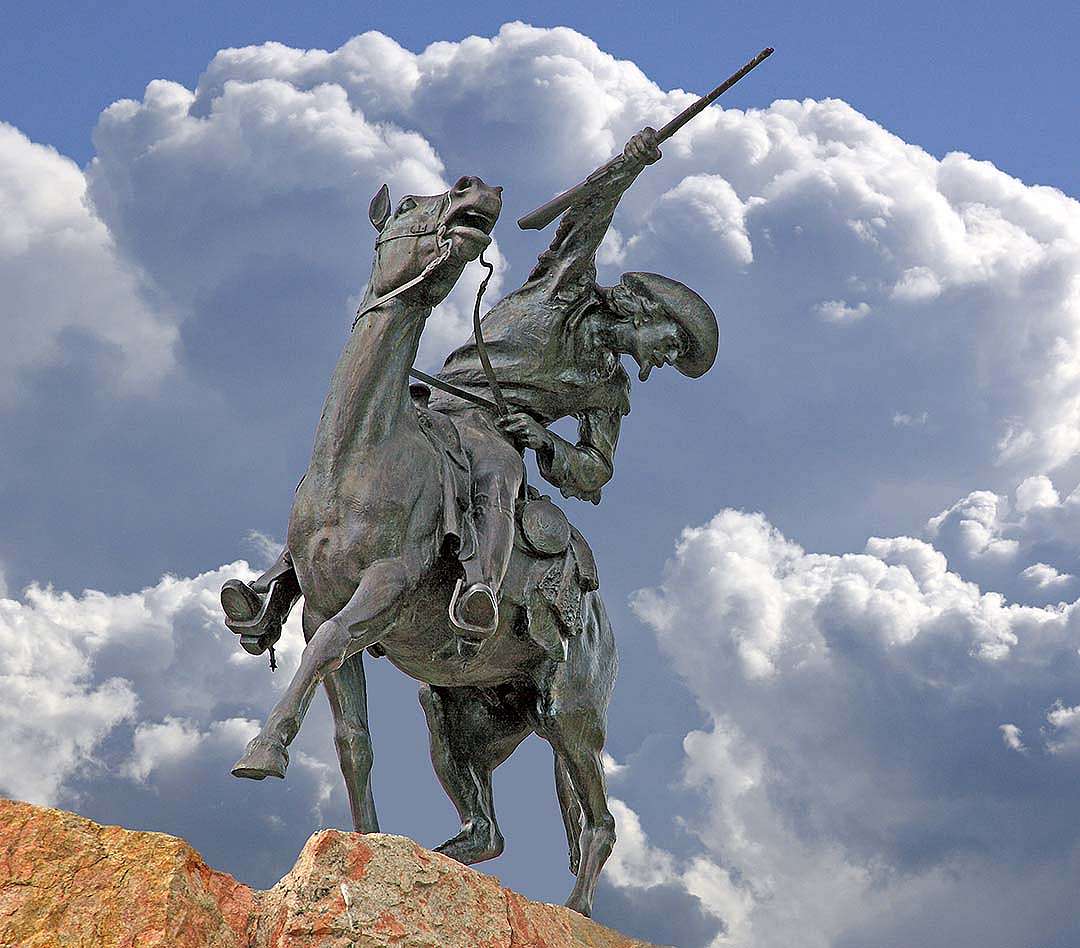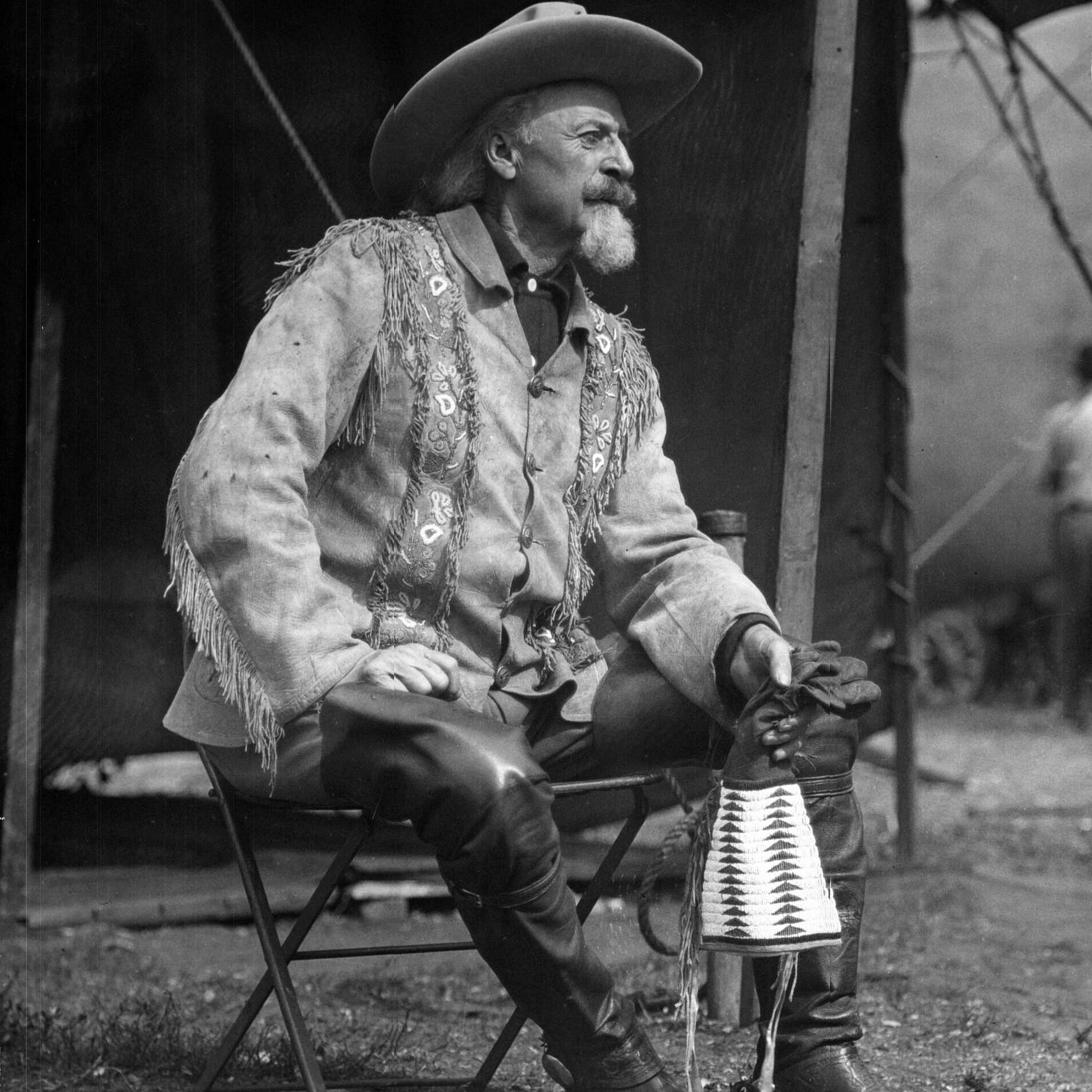About
About the Buffalo Bill Museum

The Buffalo Bill Museum pulls you into the world of William F. “Buffalo Bill” Cody—frontiersman, performer, and international celebrity. His story unfolds through rare artifacts, immersive media, and hands-on experiences that blur the line between legend and life. Whether you grew up with his name or are meeting him for the first time, the museum invites you to see Buffalo Bill in a new light—unexpected, complex, and unforgettable.
William F. “Buffalo Bill” Cody stands among the giants of the American West. A century ago, he ranked as the most famous man on earth—the first true international superstar. His image endures: flowing white hair, sharp mustache and goatee, buckskins, Stetson, and boots. Through his traveling show, Buffalo Bill’s Wild West, Cody introduced millions to the drama of the American frontier. Some came to experience it firsthand; others dreamed through his spectacles, shaping how the world imagined America. In 2012, the Buffalo Bill Museum—flagship of the Buffalo Bill Center of the West—reinvented itself, unveiling fresh exhibits, authentic artifacts, and interactive experiences that reveal Cody in full. Beyond the legend stood a teamster, Pony Express rider, Civil War veteran, Medal of Honor recipient, town-builder, entrepreneur, visionary, son, husband, and father. The museum brings to life a man both larger than life and profoundly human.



The Making of a Legend
Born in 1846 on the banks of the Mississippi River—the symbolic boundary between East and West—William F. Cody grew up steeped in the rhythms of frontier life. As a boy, he learned to ride, rope, hunt, build, and survive in the wilderness. Early work as a teamster, Pony Express rider, soldier, scout, and guide honed those abilities and forged a character defined by ambition, resilience, and an unshakable love of the outdoors. His skill as a buffalo hunter earned him the nickname “Buffalo Bill,” and dime novelists soon turned his exploits into myth, propelling him to national fame.
In 1883, Cody launched “Buffalo Bill’s Wild West,” a groundbreaking traveling spectacle that brought the drama of the frontier to audiences across America and Europe. Featuring sharpshooters, cowboys, and vivid reenactments, the show captivated millions and gave Cody access to royalty, heads of state, and even the pope. His image became instantly recognizable around the world—flowing hair, mustache and goatee, Stetson hat, buckskins, and boots.
Yet fame came with personal costs. His marriage grew strained, he spent long stretches away from home, and he endured financial losses and periods of loneliness and depression. Despite his global celebrity, Cody remained bound to the West. In his later years, he returned to the landscapes that shaped him, founding the town of Cody, Wyoming, near Yellowstone. There he sought to create a gateway for visitors to experience the still-wild West. As his legend grew, the man behind Buffalo Bill looked westward once more, searching for the land that defined him.